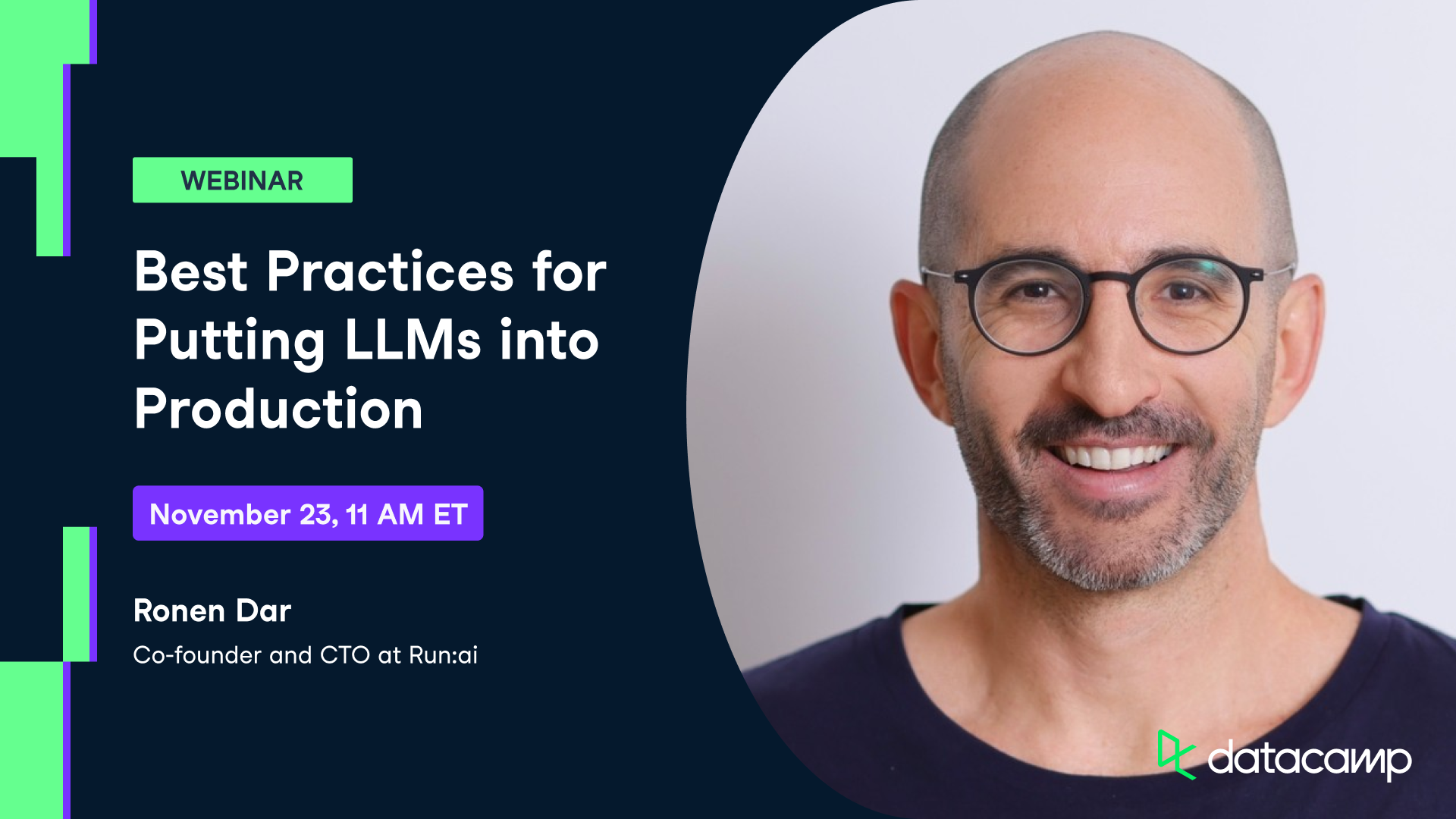Skip to main content





Related
webinar
Understanding LLM Inference: How AI Generates Words
In this session, you'll learn how large language models generate words. Our two experts from NVIDIA will present the core concepts of how LLMs work, then you'll see how large scale LLMs are developed.webinar
Unleashing the Synergy of LLMs and Knowledge Graphs
This webinar illuminates how LLM applications can interact intelligently with structured knowledge for semantic understanding and reasoning.webinar
Best Practices for Developing Generative AI Products
In this webinar, you'll learn about the most important business use cases for AI assistants, how to adopt and manage AI assistants, and how to ensure data privacy and security while using AI assistants.webinar
Buy or Train? Using Large Language Models in the Enterprise
In this (mostly) non-technical webinar, Hagay talks you through the pros and cons of each approach to help you make the right decisions for safely adopting large language models in your organization.webinar
The Future of Programming: Accelerating Coding Workflows with LLMs
Explore practical applications of LLMs in coding workflows, how to best approach integrating AI into the workflows of data teams, what the future holds for AI-assisted coding, and more.webinar
How To 10x Your Data Team's Productivity With LLM-Assisted Coding
Gunther, the CEO at Waii.ai, explains what technology, talent, and processes you need to reap the benefits of LLL-assisted coding to increase your data teams' productivity dramatically.Join 5000+ companies and 80% of the Fortune 1000 who use DataCamp to upskill their teams.
Loved by thousands of companies

